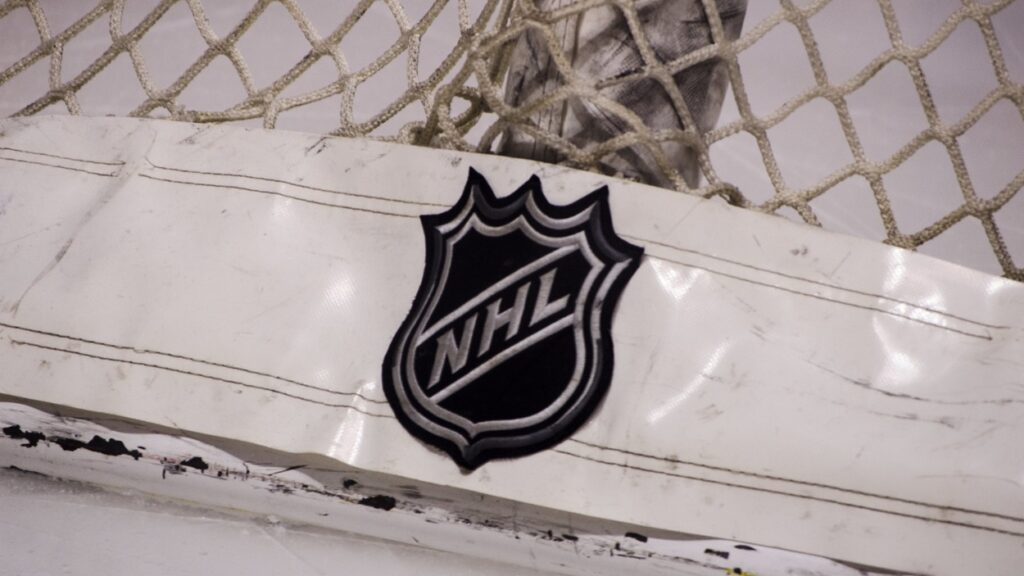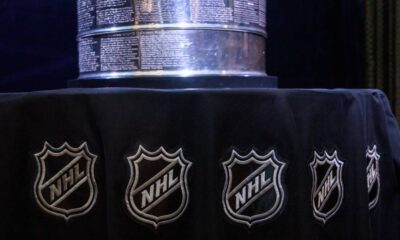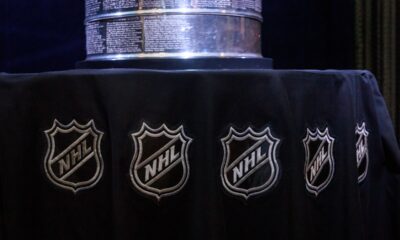NHL
NHL History: how the names of the clubs came to be – Part 2
How did the names of today’s NHL clubs originate? Most of these stories are tied to ancient historical references. In the first part of our trilogy, we looked at ten of them; in this article, we’ll look at ten more. For example, did you know that Nashville dug up the fang of a saber-toothed tiger in the 1970s?

How did the names of today’s NHL clubs originate? Most of these stories are tied to ancient historical references. In the first part of our trilogy, we looked at ten of them; in this article, we’ll look at ten more. For example, did you know that Nashville dug up the fang of a saber-toothed tiger in the 1970s?
- Minnesota was inspired by the hot environment
- A saber-toothed tiger’s fang and bone were found in Nashville in the 1970s
- The design of the Rangers jersey lettering references the original jerseys
Detroit Red Wings
The Detroit Cougars, founded in 1926, changed their name to the Falcons before eventually becoming the Red Wings in 1932. Owners Norris and Adams were inspired by Norris’ former team, the Winged Wheels of the Montreal Amateur Athletic Association, as well as the automobile industry in Detroit.
Edmonton Oilers
In 1972, Bill Hunter named his team the WHA Alberta Oilers, a reference to his junior team the Edmonton Oil Kings. In 1973, he changed the name to the Edmonton Oilers. When the NHL adopted four teams from the Western Hockey League in 1979, the Oilers retained their name. The name was inspired by Alberta’s rich oil reserves, the third largest in the world after Venezuela and Saudi Arabia.
Florida Panthers (Panthers)
Original owner Wayne Huizenga chose the Panthers name for his expansion team, which debuted in the 1993-94 season. He wanted to emphasize the critically endangered state of the national animal in Florida.
Los Angeles Kings
Businessman Jack Kent Cooke, also the owner of the NBA’s Los Angeles Lakers and the NFL’s Washington Redskins, acquired the NHL expansion franchise for Los Angeles on February 9, 1966. In naming his new team, he asked the public to help name the team and received more than 7,000 suggestions. On May 27, 1966, Cooke chose the Kings because he wanted a name that would symbolize leadership qualities in hockey.
Minnesota Wild
When Minnesota made the plunge to the NHL in 1997, many fans hoped to revive the North Stars name after the original Dallas franchise. However, a trademark issue in the NHL made that impossible. From more than 13,000 entries, management chose the Wild to reflect Minnesota’s love of outdoor activities. The name won out over options like Blue Ox, Freeze, Northern Lights, Voyageurs and White Bears.
Montreal Canadiens
The franchise’s first owner, Canadian industrialist John Ambrose O’Brien, officially named the team “Club de hockey Canadien”. The nickname “Habs” is derived from “Les Habitants”, referring to the 17th-century French settlers along the Bay and St. Lawrence River in Quebec. Contrary to popular belief, the “H” in the logo stands for hockey, not habants or inhabitants.
Nashville Predators
In the early 1970s, while excavating for a skyscraper in Nashville, workers found the fang and leg bone of a saber-toothed tiger. It was one of the few such finds in North America. After the NHL franchise expansion was awarded, which was on June 25, 1997, the ownership group unveiled the sabre-toothed tiger logo. Fans were then invited to choose a name that fit the logo. They chose the name Predators.
New Jersey Devils
After moving from Colorado, where the team was known as the Rockies, the New Jersey nickname was chosen from 10,000 entries in a contest. The name Devils refers to the Jersey Devil, a mythical creature believed to inhabit the Pine Barrens in southern New Jersey.
New York Islanders
The New York Islanders name was unveiled on February 15, 1972 at a press conference held at a restaurant owned by Burt Bacharach, located across from Roosevelt Raceway. Many expected the name “Long Island Ducks” or “Long Island Ducks” after the Eastern Hockey League team that was active from 1959 to 1973. However, local newspapers quickly rebranded the team as the Islanders.
New York Rangers (Riders)
After Madison Square Garden, under president George Lewis “Tex” Rickard, acquired the franchise in 1926, sportswriters began calling the players signed by the new team “Tex’s Rangers,” a reference to the Texas Rangers’ lawmakers. The name caught on, and Rickard adopted it by placing it diagonally across the front of his jerseys. This design is still retained today.
Related articles:
NHL History: How each club’s name came to be – Part 1
NHL History: How the NHL’s names came to be – Part 3 (not yet released)
Source: X SDZegras












